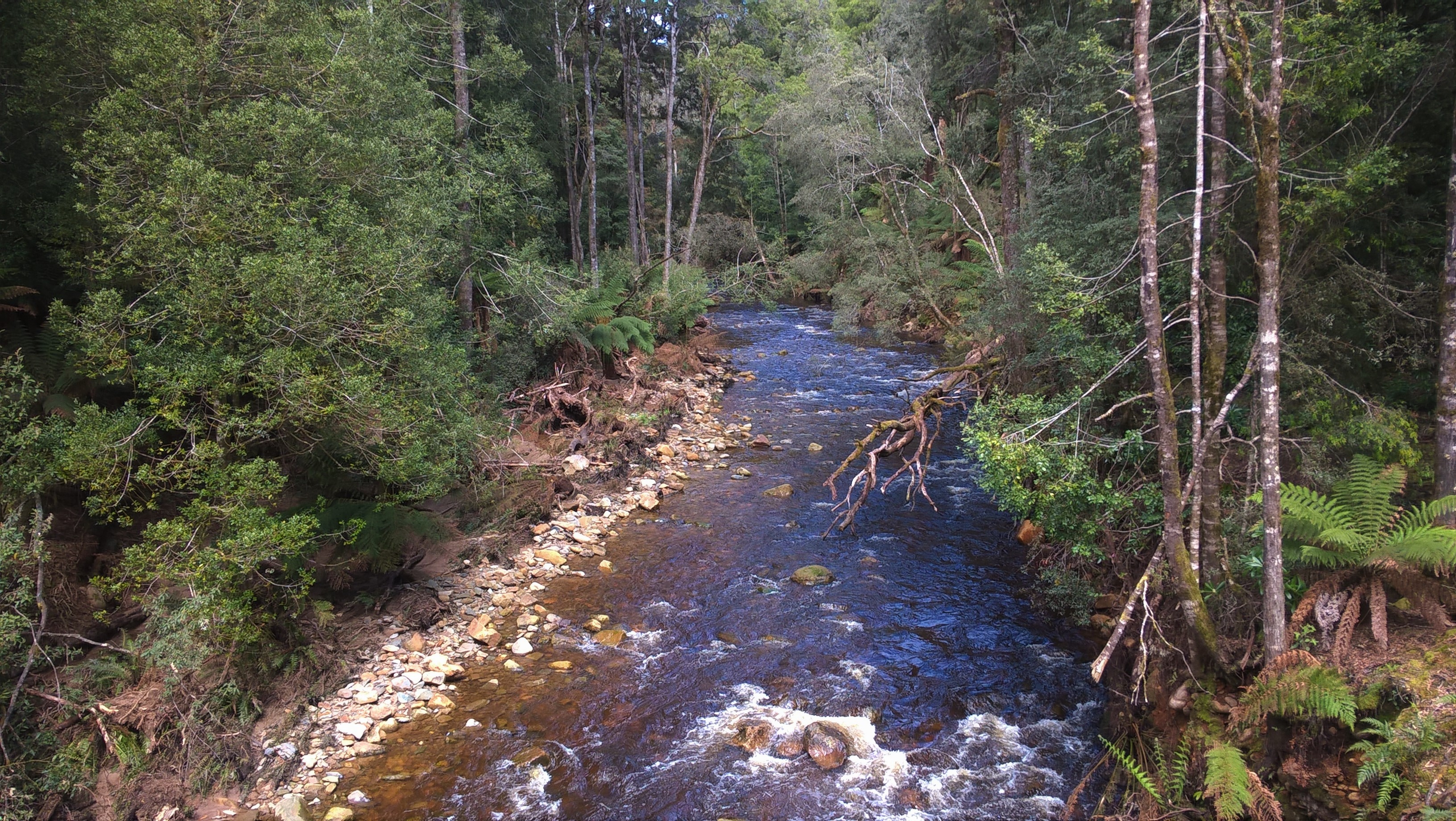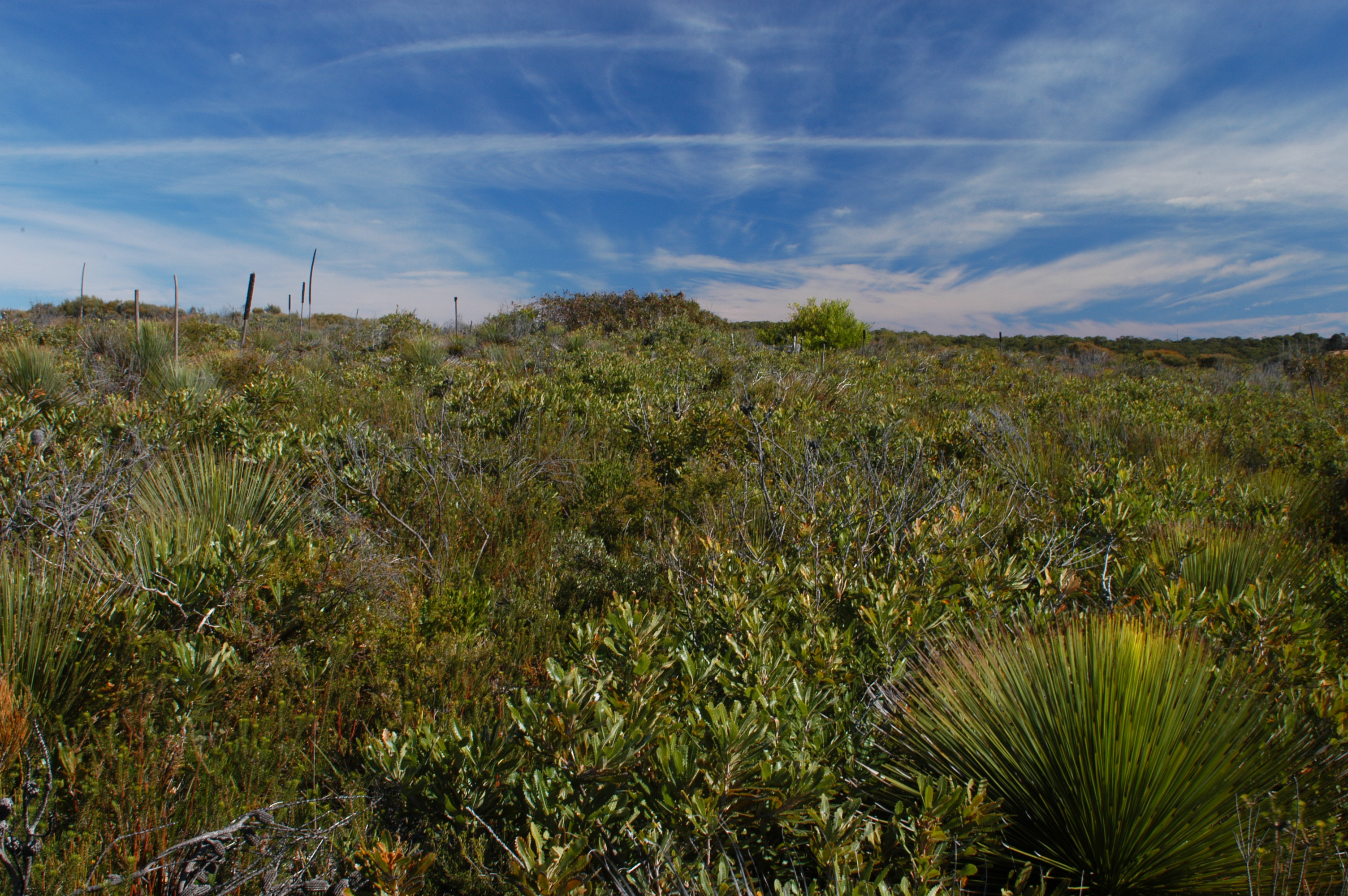|
Tenuibranchiurus
''Tenuibranchiurus'' is a genus of diminutive freshwater crayfish that live in the Australian state of Queensland. Only one species has been described, the swamp crayfish, ''T. glypticus''. ''Tenuibranchiurus glypticus'' is reportedly the smallest species of crayfish in the world. It is distinguished from other crayfish by its small size, adults being only around long, and its claws which open vertically rather than horizontally or obliquely. ''Tenuibranchiurus'' lives in coastal wallum swamps, and stays among the sedges rather than in more open water. Its habitat is highly fragmented, as land is used for the expansion of Brisbane and the Sunshine Coast, and ''Tenuibranchiurus glypticus'' is therefore listed as an endangered species on the IUCN Red List. Additional populations have been found at the periphery of its range, but these are thought to represent new, undescribed species. See also *Tasmanian giant freshwater crayfish The Tasmanian giant freshwater crayfish (' ... [...More Info...] [...Related Items...] OR: [Wikipedia] [Google] [Baidu] |
Parastacidae
The Parastacidae are the family of freshwater crayfish found in the Southern Hemisphere. The family is a classic Gondwana-distributed taxon, with extant members in South America, Madagascar, Australia, New Zealand, and New Guinea, and extinct taxa also in Antarctica. Distribution Three genera are found in Chile, '' Virilastacus'', ''Samastacus'' and ''Parastacus'', the last of which also occurs disjunctly in southern Brazil and Uruguay. There are no crayfish native to continental Africa, but seven species on Madagascar, all of the genus ''Astacoides''. Australasia is particularly rich in crayfish. The small genus '' Paranephrops'' is endemic to New Zealand. The genera '' Astacopsis'' is endemic to Tasmania, while a further two are found on either side of the Bass Strait – ''Geocharax'' and ''Engaeus''. The greatest diversity, however, is found on the Australian mainland. Three genera are endemic and have restricted distributions ('' Engaewa'', ''Gramastacus'' and ''Ten ... [...More Info...] [...Related Items...] OR: [Wikipedia] [Google] [Baidu] |
Tasmanian Giant Freshwater Crayfish
The Tasmanian giant freshwater crayfish (''Astacopsis gouldi''), also called Tasmanian giant freshwater lobster, is the largest freshwater invertebrate and the largest freshwater crayfish species in the world. The species is only found in the rivers below above sea level in northern Tasmania, an island-state of Australia. It is listed as an endangered species on the IUCN Red List due to overfishing and habitat degradation, and it has been prohibited to catch the crayfish since 1998. The diet of the freshwater crayfish varies with age, but predominantly consists of decaying wood, leaves and their associated microbes. They may also eat small fish, insects, rotting animal flesh and other detritus when available. ''A. gouldi'' is very long-lived, surviving for up to 60 years. It has previously been reported to attain weights of up to and measure over long; however, in recent years the majority of larger specimens are . When fully mature the species has no natural predators due to ... [...More Info...] [...Related Items...] OR: [Wikipedia] [Google] [Baidu] |
Genus
Genus ( plural genera ) is a taxonomic rank used in the biological classification of living and fossil organisms as well as viruses. In the hierarchy of biological classification, genus comes above species and below family. In binomial nomenclature, the genus name forms the first part of the binomial species name for each species within the genus. :E.g. '' Panthera leo'' (lion) and '' Panthera onca'' (jaguar) are two species within the genus ''Panthera''. ''Panthera'' is a genus within the family Felidae. The composition of a genus is determined by taxonomists. The standards for genus classification are not strictly codified, so different authorities often produce different classifications for genera. There are some general practices used, however, including the idea that a newly defined genus should fulfill these three criteria to be descriptively useful: # monophyly – all descendants of an ancestral taxon are grouped together (i.e. phylogenetic analysis should c ... [...More Info...] [...Related Items...] OR: [Wikipedia] [Google] [Baidu] |
Brisbane
Brisbane ( ) is the capital and most populous city of the states and territories of Australia, Australian state of Queensland, and the list of cities in Australia by population, third-most populous city in Australia and Oceania, with a population of approximately 2.6 million. Brisbane lies at the centre of the South East Queensland metropolitan region, which encompasses a population of around 3.8 million. The Brisbane central business district is situated within a peninsula of the Brisbane River about from its mouth at Moreton Bay, a bay of the Coral Sea. Brisbane is located in the hilly floodplain of the Brisbane River Valley between Moreton Bay and the Taylor Range, Taylor and D'Aguilar Range, D'Aguilar mountain ranges. It sprawls across several local government in Australia, local government areas, most centrally the City of Brisbane, Australia's most populous local government area. The demonym of Brisbane is ''Brisbanite''. The Traditional Owners of the Brisbane a ... [...More Info...] [...Related Items...] OR: [Wikipedia] [Google] [Baidu] |
Undescribed Species
In taxonomy, an undescribed taxon is a taxon (for example, a species) that has been discovered, but not yet formally described and named. The various Nomenclature Codes specify the requirements for a new taxon to be validly described and named. Until such a description has been published, the taxon has no formal or official name, although a temporary, informal name is often used. A published scientific name may not fulfil the requirements of the Codes for various reasons. For example, if the taxon was not adequately described, its name is called a ''nomen nudum''. It is possible for a taxon to be "undescribed" for an extensive period of time, even if unofficial descriptions are published. An undescribed species may be referred to with the genus name, followed by "sp"., but this abbreviation is also used to label specimens or images that are too incomplete to be identified at the species level. In some cases, there is more than one undescribed species in a genus. In this cas ... [...More Info...] [...Related Items...] OR: [Wikipedia] [Google] [Baidu] |
IUCN Red List
The International Union for Conservation of Nature (IUCN) Red List of Threatened Species, also known as the IUCN Red List or Red Data Book, founded in 1964, is the world's most comprehensive inventory of the global conservation status of biological species. It uses a set of precise criteria to evaluate the extinction risk of thousands of species and subspecies. These criteria are relevant to all species and all regions of the world. With its strong scientific base, the IUCN Red List is recognized as the most authoritative guide to the status of biological diversity. A series of Regional Red Lists are produced by countries or organizations, which assess the risk of extinction to species within a political management unit. The aim of the IUCN Red List is to convey the urgency of conservation issues to the public and policy makers, as well as help the international community to reduce species extinction. According to IUCN the formally stated goals of the Red List are to provide ... [...More Info...] [...Related Items...] OR: [Wikipedia] [Google] [Baidu] |
Endangered Species
An endangered species is a species that is very likely to become extinct in the near future, either worldwide or in a particular political jurisdiction. Endangered species may be at risk due to factors such as habitat loss, poaching and invasive species. The International Union for Conservation of Nature (IUCN) Red List lists the global conservation status of many species, and various other agencies assess the status of species within particular areas. Many nations have laws that protect conservation-reliant species which, for example, forbid hunting, restrict land development, or create protected areas. Some endangered species are the target of extensive conservation efforts such as captive breeding and habitat restoration. Human activity is a significant cause in causing some species to become endangered. Conservation status The conservation status of a species indicates the likelihood that it will become extinct. Multiple factors are considered when assess ... [...More Info...] [...Related Items...] OR: [Wikipedia] [Google] [Baidu] |
Sunshine Coast, Queensland
The Sunshine Coast is a peri-urban region in South East Queensland, Australia. It is the district defined in 1967 as "the area contained in the Shires of Landsborough, Maroochy and Noosa, but excluding Bribie Island". Located north of the centre of Brisbane in South East Queensland, on the Coral Sea coastline, its urban area spans approximately of coastline and hinterland from Pelican Waters to Tewantin. The area was first settled by Papuasians migrating from northern Australia. Europeans settled in the area in the 19th century, with development progressing slowly until tourism became an important industry. The area has several coastal hubs at Caloundra, Kawana Waters, Maroochydore and Noosa Heads. Nambour and Maleny have developed as primary commercial centres for the hinterland. Since 2014, the Sunshine Coast district has been split into two local government areas, the Sunshine Coast Region and the Shire of Noosa, which administer the southern and northern parts ... [...More Info...] [...Related Items...] OR: [Wikipedia] [Google] [Baidu] |
Habitat Fragmentation
Habitat fragmentation describes the emergence of discontinuities (fragmentation) in an organism's preferred environment (habitat), causing population fragmentation and ecosystem decay. Causes of habitat fragmentation include geological processes that slowly alter the layout of the physical environment (suspected of being one of the major causes of speciation), and human activity such as land conversion, which can alter the environment much faster and causes the extinction of many species. More specifically, habitat fragmentation is a process by which large and contiguous habitats get divided into smaller, isolated patches of habitats. Definition The term habitat fragmentation includes five discrete phenomena: * Reduction in the total area of the habitat * Decrease of the interior: edge ratio * Isolation of one habitat fragment from other areas of habitat * Breaking up of one patch of habitat into several smaller patches * Decrease in the average size of each patch of hab ... [...More Info...] [...Related Items...] OR: [Wikipedia] [Google] [Baidu] |
Freshwater
Fresh water or freshwater is any naturally occurring liquid or frozen water containing low concentrations of dissolved salts and other total dissolved solids. Although the term specifically excludes seawater and brackish water, it does include non- salty mineral-rich waters such as chalybeate springs. Fresh water may encompass frozen and meltwater in ice sheets, ice caps, glaciers, snowfields and icebergs, natural precipitations such as rainfall, snowfall, hail/ sleet and graupel, and surface runoffs that form inland bodies of water such as wetlands, ponds, lakes, rivers, streams, as well as groundwater contained in aquifers, subterranean rivers and lakes. Fresh water is the water resource that is of the most and immediate use to humans. Water is critical to the survival of all living organisms. Many organisms can thrive on salt water, but the great majority of higher plants and most insects, amphibians, reptiles, mammals and birds need fresh water ... [...More Info...] [...Related Items...] OR: [Wikipedia] [Google] [Baidu] |
Cyperaceae
The Cyperaceae are a family of graminoid (grass-like), monocotyledonous flowering plants known as sedges. The family is large, with some 5,500 known species described in about 90 genera, the largest being the "true sedges" genus '' Carex'' with over 2,000 species. These species are widely distributed, with the centers of diversity for the group occurring in tropical Asia and tropical South America. While sedges may be found growing in almost all environments, many are associated with wetlands, or with poor soils. Ecological communities dominated by sedges are known as sedgelands or sedge meadows. Some species superficially resemble the closely related rushes and the more distantly related grasses. Features distinguishing members of the sedge family from grasses or rushes are stems with triangular cross-sections (with occasional exceptions, a notable example being the tule which has a round cross-section) and leaves that are spirally arranged in three ranks. In comparison ... [...More Info...] [...Related Items...] OR: [Wikipedia] [Google] [Baidu] |
Wallum
Wallum, or wallum country, is an Australian ecosystem of coastal south-east Queensland, extending into north-eastern New South Wales. It is characterised by flora-rich shrubland and heathland on deep, nutrient-poor, acidic, sandy soils, and regular wildfire. Seasonal changes in the water table due to rainfall may create swamps. The name is derived from the Kabi word for the wallum banksia ('' Banksia aemula''). Threats Wallum, as with other coastal ecosystems, is highly threatened by the pressure for coastal development. Threats include clearing of land for residential development and pine plantations, alterations to drainage from adjacent developments, nutrients from fertilizers, changes in fire frequency, pollution from mosquito control sprays, and the introduction of weeds. Species endemic to wallum include some acid frogs – frogs adapted to living and breeding in acidic waters – such as the wallum froglet (''Crinia tinnula''), wallum rocket frog ('' Litoria freyci ... [...More Info...] [...Related Items...] OR: [Wikipedia] [Google] [Baidu] |







